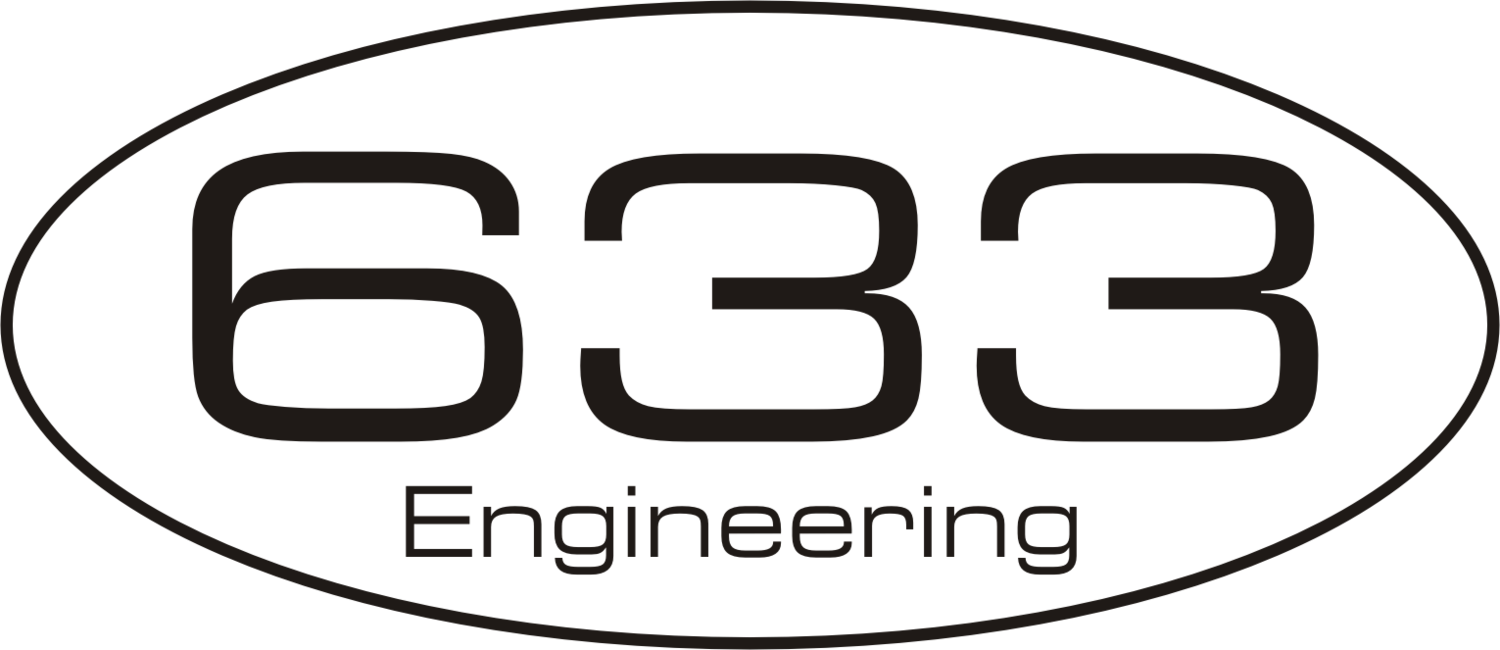Hot Rodded Marshall
I bought my first 'proper' amplifier in 1990. I'd formed a heavy rock band with my best mate and musician extrordinaire Tom Arnold. Of course there was only one real choice of amp - a Marshall! It was a fine sunny Saturday and I sped out of London North on the A1 to Machinehead music in Hitchin, in my Opel Manta, thoroughly excited.
One of my favourite cars - a 1983 Opel Manta GTE. Mine had Starsky and Hitch style go-faster stripes and could hold two 4x12 cabs in the back. Rock and roll!
In those days you could park outside!
Hitchin's best shop!
I also bought a Govnor distortion pedal. I had arrived!
The original Marshall Guvnor with built in FX loop
It was the perfect setup to compliment my puke green Washburn EC29, a 29 fret shredding machine! I'd bought it a few months before from my local music shop, Holiday Music in Leytonstone. I'd gone in there one day to get some picks and saw it hanging up. An hour later it was mine!
Washburn EC29 - Floyd Rose, active mid boost, 29 frets and amazing paint job.
Well it wasn't long before the soldering iron and Black and Decker came out. The first mod was a master volume, then a pentode/triode switch - the usual stuff. That wasn't enough. I'd figured for the band I needed three sounds, clean with flanger, rhythm crunch and lead with delay.
Pretty soon this single channel Marshall had three channels and two FX loops courtesy of an extra valve, a low voltage toroidal transformer feeding a set of regulators, a bunch of relays and some op amps on a piece of vero board. Three of the four input jack sockets were removed and the holes used for extra pots, and holes were drilled in the space on the rear for jacks for the FX loops and foot switches. I had a foot switch to select the clean channel which had an MXR flanger pedal in it's FX loop, and I modified my Govnor pedal to switch to the lead channel when it was on, overriding the clean one, and switch in the second FX loop which had my rack mounted Powertran digital delay in it.
Original mains powered MXR finger
Powertran digital delay built from a kit.
That was my main rig for the next few years. The guitar was stolen when my house was broken into and I sold the amp and cab on eBay in 2007 to a chap who had just retired (age 65!) from the BBC and had always wanted a Marshall amp! I tried to explain to him that it wasn't really a Marshall anymore but he still insisted on having it. I sometimes wonder where Marsha is now.
Me, Tom Arnold (drums and screams) & Rob Libura (bass) at The Red Lion, Brentford, London circa 1990. Note the Fender Super Reverb on it's side. Not sure what it was doing there. Maybe a spare amp, extension cab or just to make the stack look bigger!








